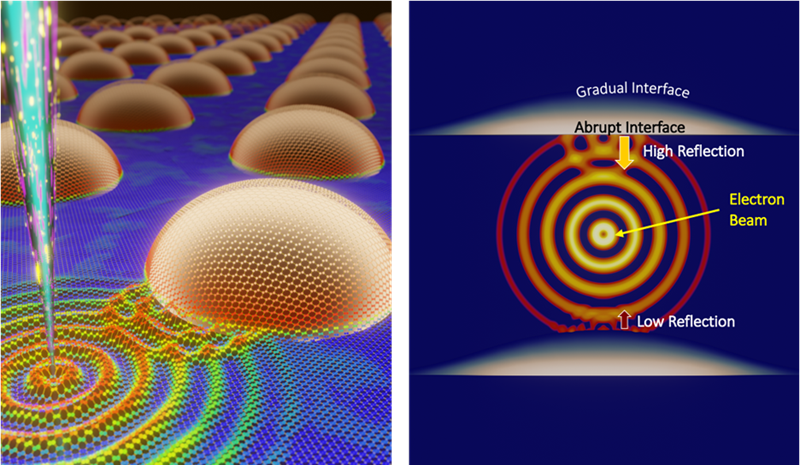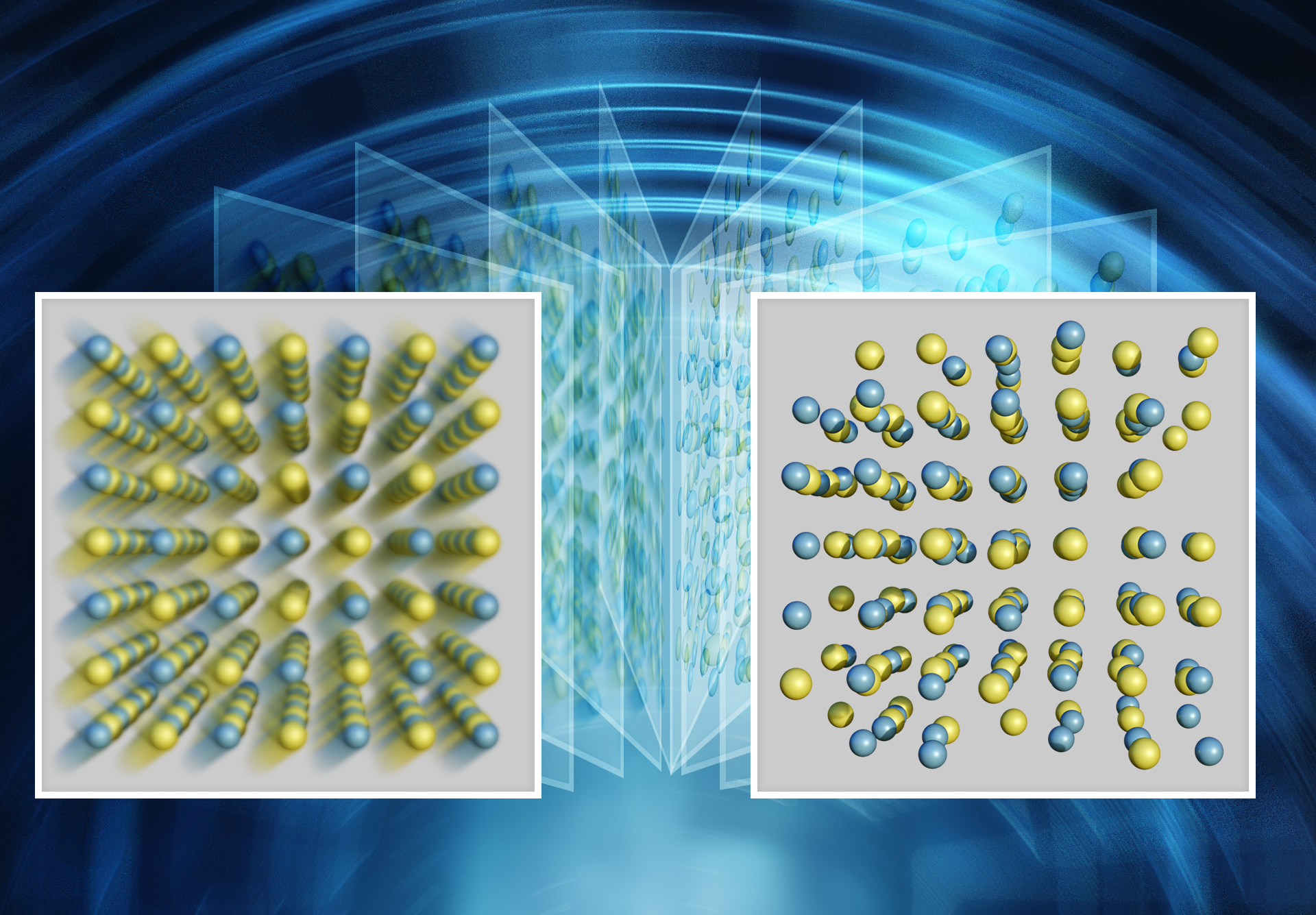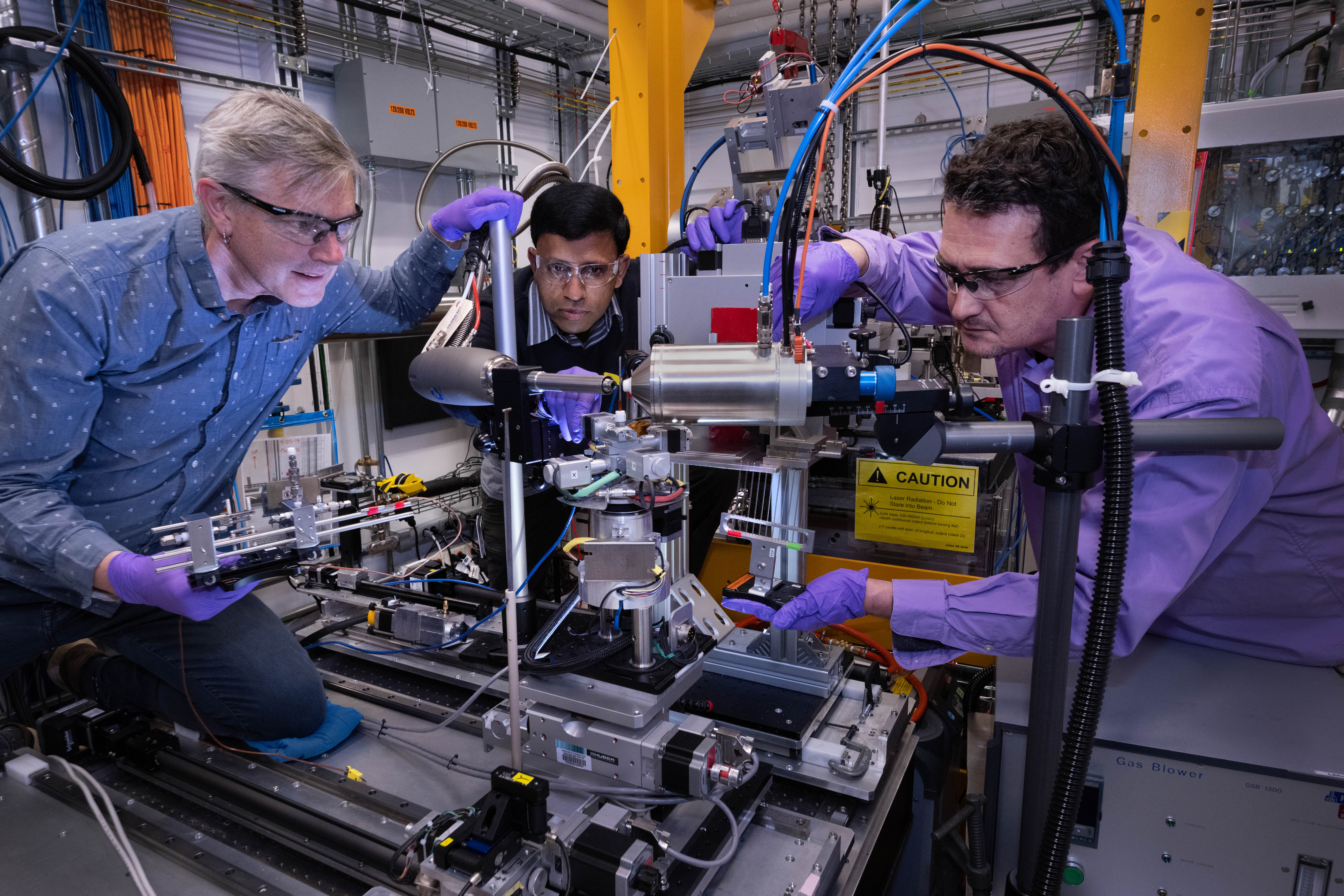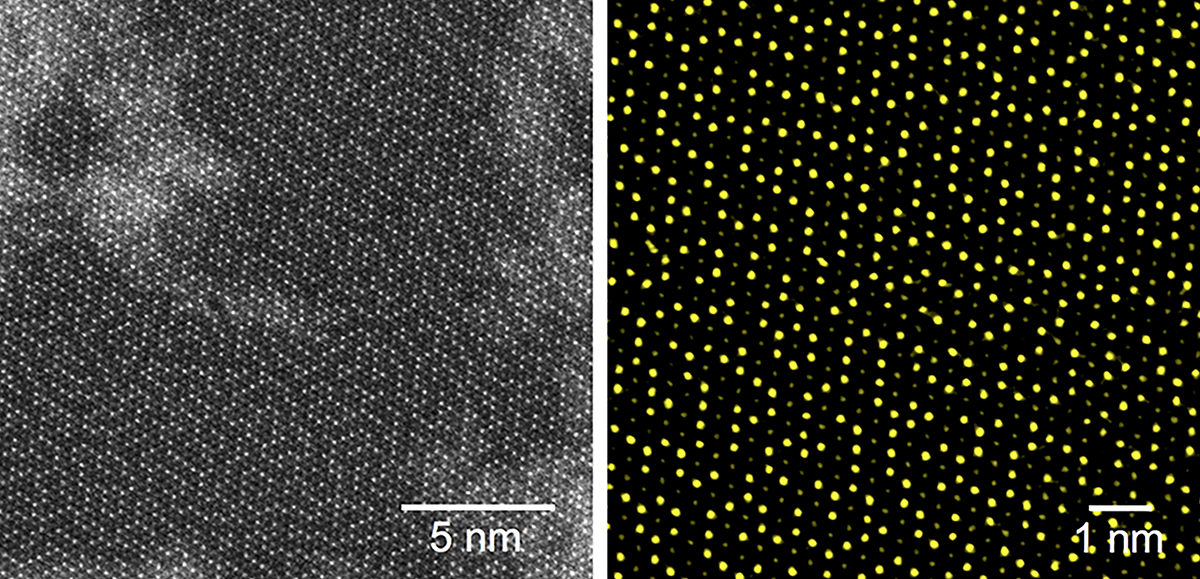Understanding how materials can convert heat into electricity benefits from a view of those materials at the atomic scale. New research examined how the vibrational modes called phonons work in nanostructures and the interfaces between materials to more fully understand how heat transfers in those materials.



